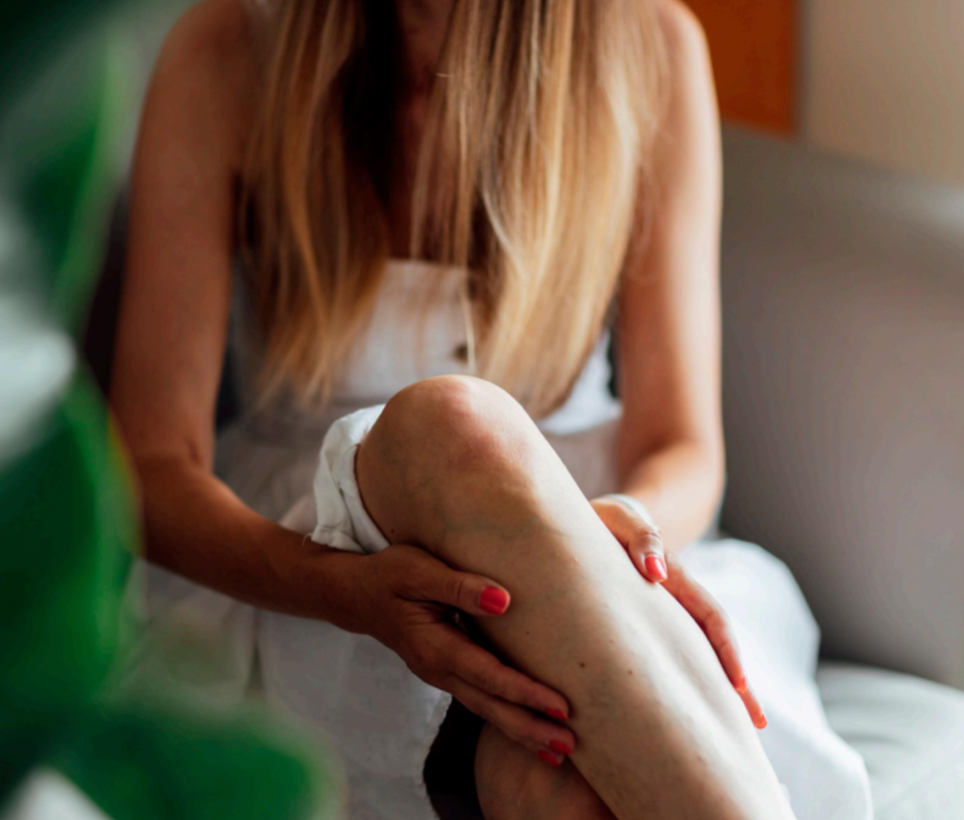SPIDER & VARICOSE VEINS
- Living Magazine

- Jul 23
- 2 min read
Causes, Diagnosis, and Treatment Options

Did you know women are more susceptible to getting varicose and spider veins than men? Higher levels of the female hormones estrogen and progesterone may weaken veins, causing them to stretch, making it more likely for spider and varicose veins to form.
OTHER CAUSES OF VARICOSE AND SPIDER VEINS
Other factors contribute to the formation of varicose and spider veins, including:
Being Overweight - Excess weight places additional stress on the circulatory system. Vessels must work harder to deliver, distribute, and return blood to the heart, which can eventually lead to damage and result in spider and/or varicose veins.
Age – Although varicose veins can appear at any age, increasing age is a risk factor due to the wear and tear of time on the vein valves that regulate blood flow.
Genes – If a family member had spider or varicose veins, you are more likely to develop them as well.
Sedentary Lifestyle – According to Johns Hopkins Medicine, sitting or standing for extended periods can cause blood to pool in the leg veins. This increases the pressure within the veins, which may cause them to stretch, weakening vein walls and damaging the valves.
DIAGNOSIS AND TREATMENT OPTIONS
Although varicose and/or spider veins may be visible, a complete diagnosis using noninvasive, high-resolution ultrasound imaging maps the venous system and reveals the extent of the disease lying deep beneath the skin.
Armed with this knowledge, your physician may use a holistic treatment approach that includes both lifestyle components as well as targeted, minimally invasive treatment. These treatment options involve sealing the vein shut using various methods, which causes the blood to reroute and circulate to healthy veins. The collapsed, treated vein is gradually absorbed by the body and fades away.
Sclerotherapy and microsclerotherapy involve injecting a small amount of solution into the vein that closes it.
Endovenous ablation therapy (ELA), also known as EVLA or EVLT, involves inserting a small catheter that delivers laser light into the vein. The vein heats up and collapses.
Radiofrequency ablation (RFA) delivers RF heat into the vein through a thin, flexible tube, so it collapses.
Adhesive ablation involves using a small amount of a medical adhesive to seal the treated vein shut.
Whether you have varicose or spider veins, talk to your doctor about all your options. Ask what they recommend and why so you can make an informed decision.





























Comments